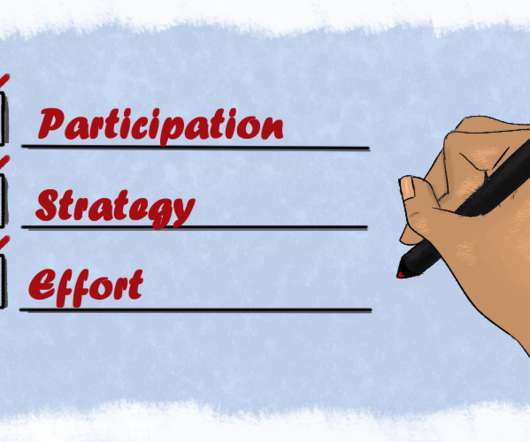An Evolution of Evaluation in Grantmaking With a Participatory Lens
sgEngage
OCTOBER 9, 2023
You cannot have empowerment without participation: empowerment is not something we ‘do’ to other people, but is itself a participatory process that engages people in reflection and inquiry to understand the power they have, and to take action for change as they define it.” Compensate them for their contributions generously.













Let's personalize your content